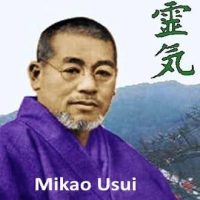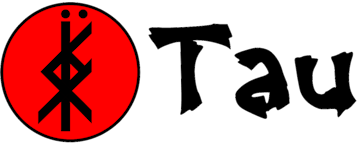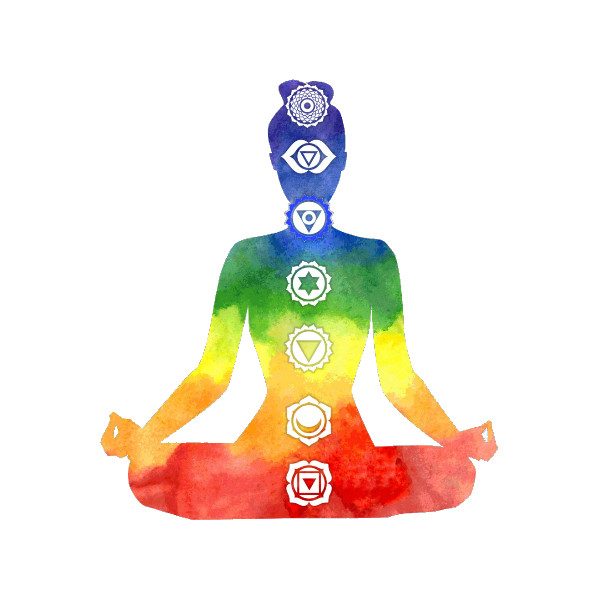Introduction
Qigong and Reiki, both ancient practices rooted in Eastern philosophies, offer unique pathways to harness and channel the vital life force energy for healing. Despite their shared goal of promoting well-being, they differ in their origins, techniques, and cultural contexts.
 Origins and Cultural Context
Origins and Cultural Context
Qigong, originating in ancient China, dates back thousands of years and is deeply rooted in Daoist and Confucian philosophies. It encompasses a wide range of practices, including movement, meditation, and breathwork, all aimed at cultivating and balancing Qi for health and spiritual development. Qigong has strong connections to martial arts and traditional Chinese medicine. On the other hand, Reiki emerged in early 20th-century Japan through the spiritual experiences of Mikao Usui. It is based on the concept of universal life energy and involves the transmission of this energy through the hands of a practitioner to facilitate healing. Reiki has a more recent and explicit connection to spiritual awakening and is often associated with the teachings of Usui Sensei.
Principles and Techniques
Qigong emphasizes the cultivation, balance, and harmonization of Qi within the practitioner. Techniques include gentle, flowing movements, breath control, and meditation. Various styles of Qigong exist, each with its unique set of movements and philosophies. Qigong is often used for improving physical health, increasing vitality, and fostering spiritual awareness. Reiki involves the transfer of universal life energy through the hands of a practitioner, with the intention of promoting healing and relaxation. Unlike the dynamic movements of Qigong, Reiki is typically administered through a series of hand positions on or near the recipient’s body. Symbols and mantras are also utilized in advanced Reiki practices, enhancing the flow and intensity of energy.
Levels of Training
Qigong training varies across different schools and traditions. Practitioners progress through levels of proficiency, deepening their understanding of energy cultivation and healing techniques. There is no standardized system comparable to the levels in Reiki. Reiki training is typically divided into three levels—Shoden (Level 1), Okuden (Level 2), and Shinpiden (Level 3). Each level introduces new techniques and concepts. Level 1 focuses on the basics of energy healing, Level 2 introduces symbols and distant healing, and Level 3 encompasses advanced healing techniques and the ability to teach Reiki to others.
Personal Experience
I remember the first time I experienced the profound effects of Qigong. It was during a particularly stressful period in my life, and I was searching for a way to find balance and inner peace. A friend recommended I try Qigong, and I attended a local class. The gentle, flowing movements and deep, rhythmic breathing exercises immediately resonated with me. Over time, I noticed a significant improvement in my physical health and a newfound sense of calm and vitality. On the other hand, my journey with Reiki began when I was introduced to it by a colleague who was a certified Reiki practitioner. I was curious about the concept of universal life energy and decided to receive a Reiki session. The experience was incredibly relaxing, and I felt a warm, soothing energy flowing through me. It was as if a weight had been lifted off my shoulders, and I left the session feeling rejuvenated and at peace.
Conclusion
In conclusion, while both Qigong and Reiki share the foundational principle of harnessing and directing life force energy for healing, they diverge in their historical roots, techniques, and cultural contexts. Qigong, deeply entrenched in ancient Chinese philosophy and practices, employs a range of dynamic movements and meditative exercises. Reiki, originating in early 20th-century Japan, involves the transmission of energy through the hands and emphasizes spiritual awakening. Choosing between these practices ultimately depends on individual preferences, cultural affinity, and the specific approach to energy healing that resonates most deeply.
Tips for Choosing Between Qigong and Reiki
- Consider Your Goals: If you are looking for a practice that combines physical movement with meditation, Qigong might be the better choice. If you prefer a more passive form of energy healing, Reiki could be more suitable.
- Explore Your Cultural Affinity: Reflect on whether you feel a stronger connection to Chinese or Japanese cultural practices and philosophies.
- Try Both: If possible, experience both Qigong and Reiki to see which one resonates more with you. Personal experience is often the best guide.
- Seek Guidance: Consult with practitioners of both disciplines to gain deeper insights and recommendations based on your individual needs and preferences.
Ultimately, the journey of energy healing is deeply personal, and finding the right practice is about discovering what aligns best with your unique path to well-being.

